Good News: We Died Less Often on the Road Last Year

After alarming increases in U.S. traffic fatalities in 2015 and 2016, data just released by the National Highway Traffic Safety Administration shows a decrease in the number of people who died in car crashes in 2017. A decrease, for sure, but still a shocking number: 37,133, or about one-third the population of West Palm Beach, Florida.
The same is true for Billings, Montana, as well as North Charleston, South Carolina and Manchester, New Hampshire.
The 1.8 percent drop in road deaths comes on the heels of a 6.5 percent increase in 2016 and an 8.4 percent spike in 2015. Have we suddenly become safer drivers? It seems so.
According to NHTSA data, 2017 saw 637 fewer crash fatalities than the year before, despite a 1.2 percent increase in the number of vehicle miles travelled (VMT). That bring’s last year’s fatality rate for 100 million VMT to 1.16, down from 2016’s 1.19. To put this into context, the fatality rate a decade ago was 1.33, despite a similar number of actual fatalities. Blame more people on the road today, racking up the nation’s total mileage.
In 2014, the fatality rate was 1.08 deaths per 100 million VMT, but the combination of cratering gas prices and low interest rates meant more Americans were buying cars and driving those vehicles longer distances. Still, total miles travelled do not tell the whole story. If that was the case, we’d have seen an increase last year.
It’s hard to tell just how much death-lowering credit we should give safer vehicle construction and fancy, automated safety aids that would have seemed like science fiction in the pre-recession era. The average car on American roads is still 11 years of age. Still, compared to stats from 2008, vehicle occupants have fallen from 39 percent of the fatality total to 36 percent. Light truck occupants fell from 29 percent to 27 percent in that time frame.
Interestingly, pedestrians and cyclists saw their share of the fatalities grow from 14 percent in 2008 to 19 percent last year. Over the past two years, we’ve seen growing concern among safety advocates about the dangers of both distracted driving and walking. Never before have drivers and pedestrians had so much opportunity to not look in front of them. Of course, while safety remains a two-way street, the onus is on the driver to stay alert.
Part of the problem seems to be that vehicles and pedestrians are increasingly living in close proximity to each other. The NHTSA’s stats reveal a demographic shift; a hollowing out of rural America. Vehicle miles travelled dropped 2.1 percent in rural areas over the past decade. In urban areas, it increased 13.1 percent. Correspondingly, since 2008, the rural fatality rate fell 16 percent, while the urban fatality rate (per 100 million VMT) rose 3.7 percent. Leaving mileage out of it, urban deaths rose 17.4 percent and rural fatalities sank 18 percent. Pedestrian fatalities in urban areas increased by a whopping 46 percent.
As for 2017, there’s more than just a slightly reduced death rate to be proud of. Better behavior was on display in many areas. Alcohol-related fatalities fell 1.1 percent to 29 percent of all deaths — the lowest percentage in recorded history (records started in 1982), while speeding-related deaths fell 5.6 percent. Pedestrian deaths fell by 1.7 percent and cyclist deaths dropped by 8.1 percent. As for distracted driving, that’s the causal factor in 8.5 percent of traffic fatalities, down from 9 percent in 2016.
The data also reveals a continuing trend showing kids these days (ages 16-24) are increasingly not going wild behind the wheel. Their grandparents, on the other hand, aren’t helping anything. Over the past decade, the number of seniors (aged 65-plus) involved in fatal crashes grew 29.1 percent, the result of another demographic shift.

More by Steph Willems
Latest Car Reviews
Read moreLatest Product Reviews
Read moreRecent Comments
- Theflyersfan I know their quality score hovers in the Tata range, but of all of the Land Rovers out there, this is the one I'd buy in a nanosecond, if I was in the market for an $80,000 SUV. The looks grew on me when I saw them in person, and maybe it's like the Bronco where the image it presents is of the "you're on safari banging around the bush" look. Granted, 99% of these will never go on anything tougher than a gravel parking lot, but if you wanted to beat one up, it'll take it. Until the first warning light.
- Theflyersfan $125,000 for a special M4. Convinced this car exists solely for press fleets. Bound to be one of those cars that gets every YouTube reviewer, remaining car magazine writer, and car site frothing about it for 2-3 weeks, and then it fades into nothingness. But hopefully they make that color widespread, except on the 7-series. The 7-series doesn't deserve nice things until it looks better.
- Master Baiter I thought we wanted high oil prices to reduce consumption, to save the planet from climate change. Make up your minds, Democrats.
- Teddyc73 Oh look dull grey with black wheels. How original.
- Teddyc73 "Matte paint looks good on this car." No it doesn't. It doesn't look good on any car. From the Nissan Versa I rented all the up to this monstrosity. This paint trend needs to die before out roads are awash with grey vehicles with black wheels. Why are people such lemmings lacking in individuality? Come on people, embrace color.
























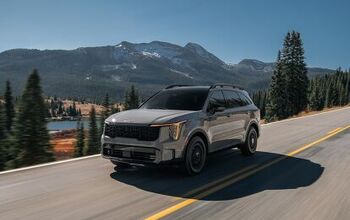
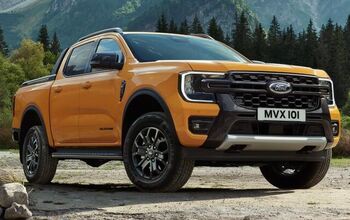

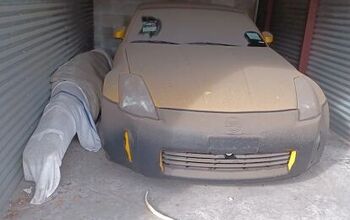
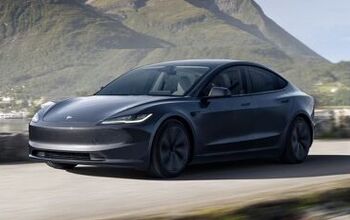

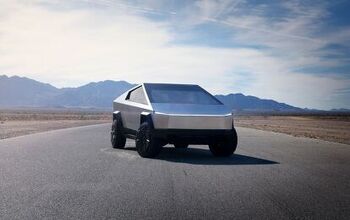
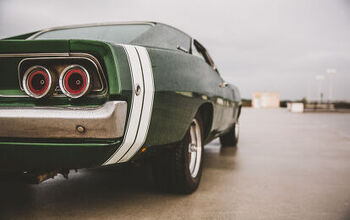

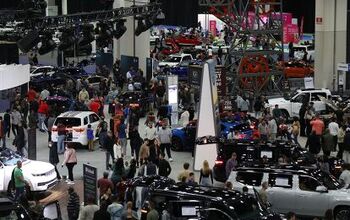

Comments
Join the conversation
Amen, Mr. Walker and NMA! YOURS is the voice of reason. The death rate has generally been declining every year. Anecdotally, when I see acts of stupidity and texting, I am amazed the rate has continued to drop. The increase in pedestrians may be due to the increase in SUV/Cross-overs. The 'average' 3400 lb sedan in 1998 has been replaced by a higher riding 4500 lb crossover. It's easier to not see shorter people/children, and perhaps more importantly, being hit by 4500 lbs at torso level is probably worse than being hit at knee/thigh level by 3400 lbs. As to the 29% of deaths due to alcohol being preventable, a large portion of them are, but not all. A driver who is 0.10 might have been involved in the accident anyway. Just wait till they legalize pot... Distracted driving is hard to measure. That is MY biggest concern when I'm on the road.
I'm confused by the juxtaposition of the title and the top photo. If you owned a Dodge Journey wouldn't you be looking for an accident to get it written off???